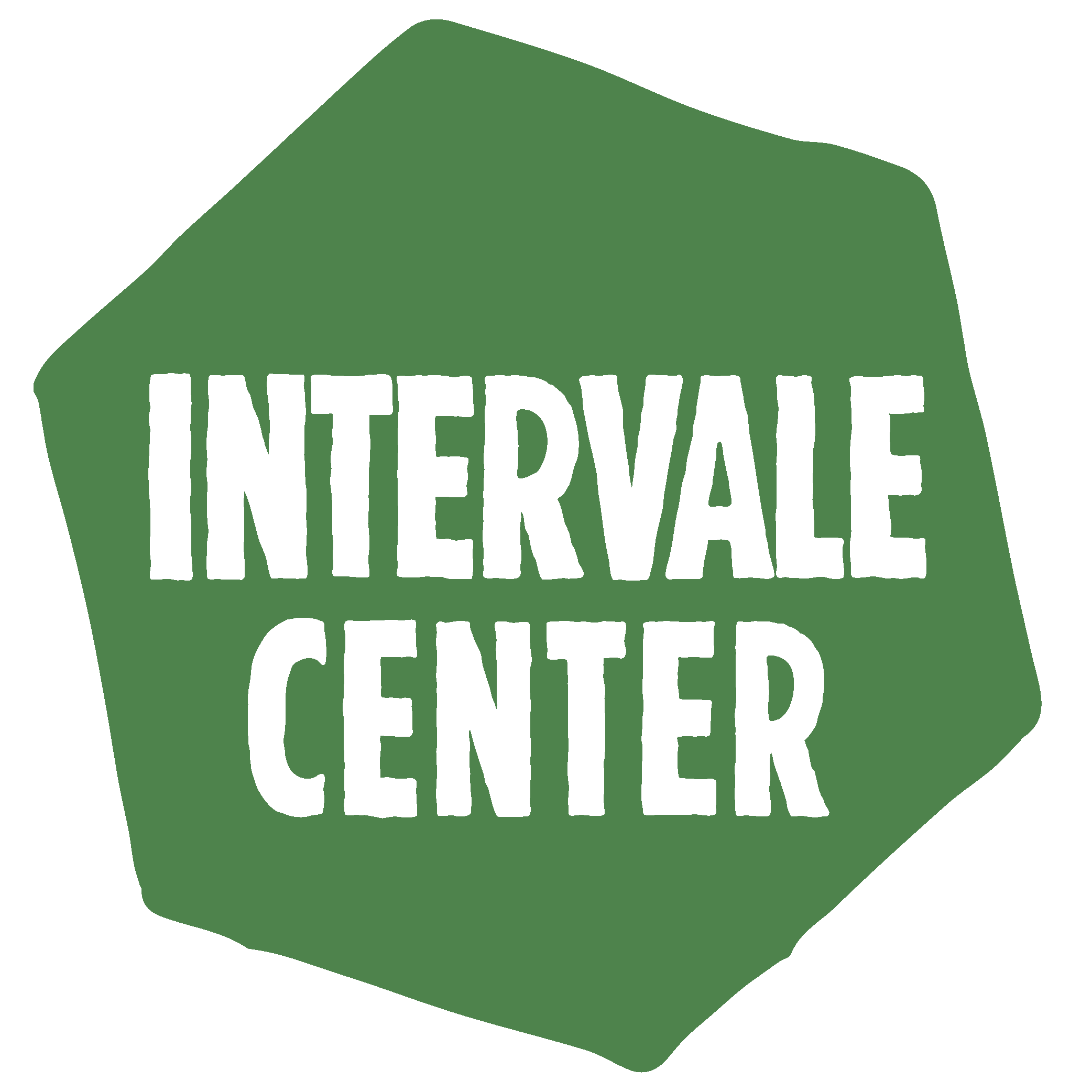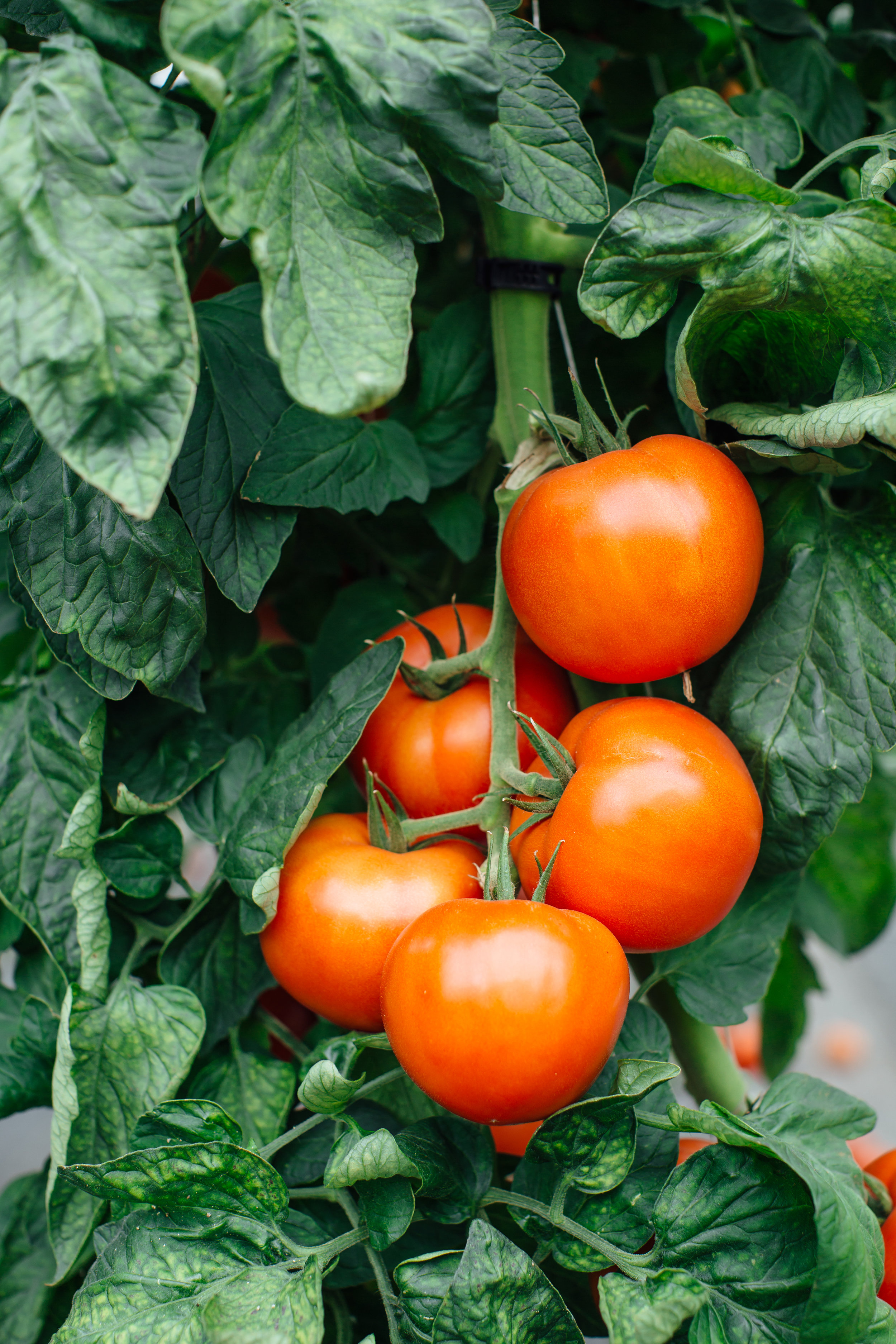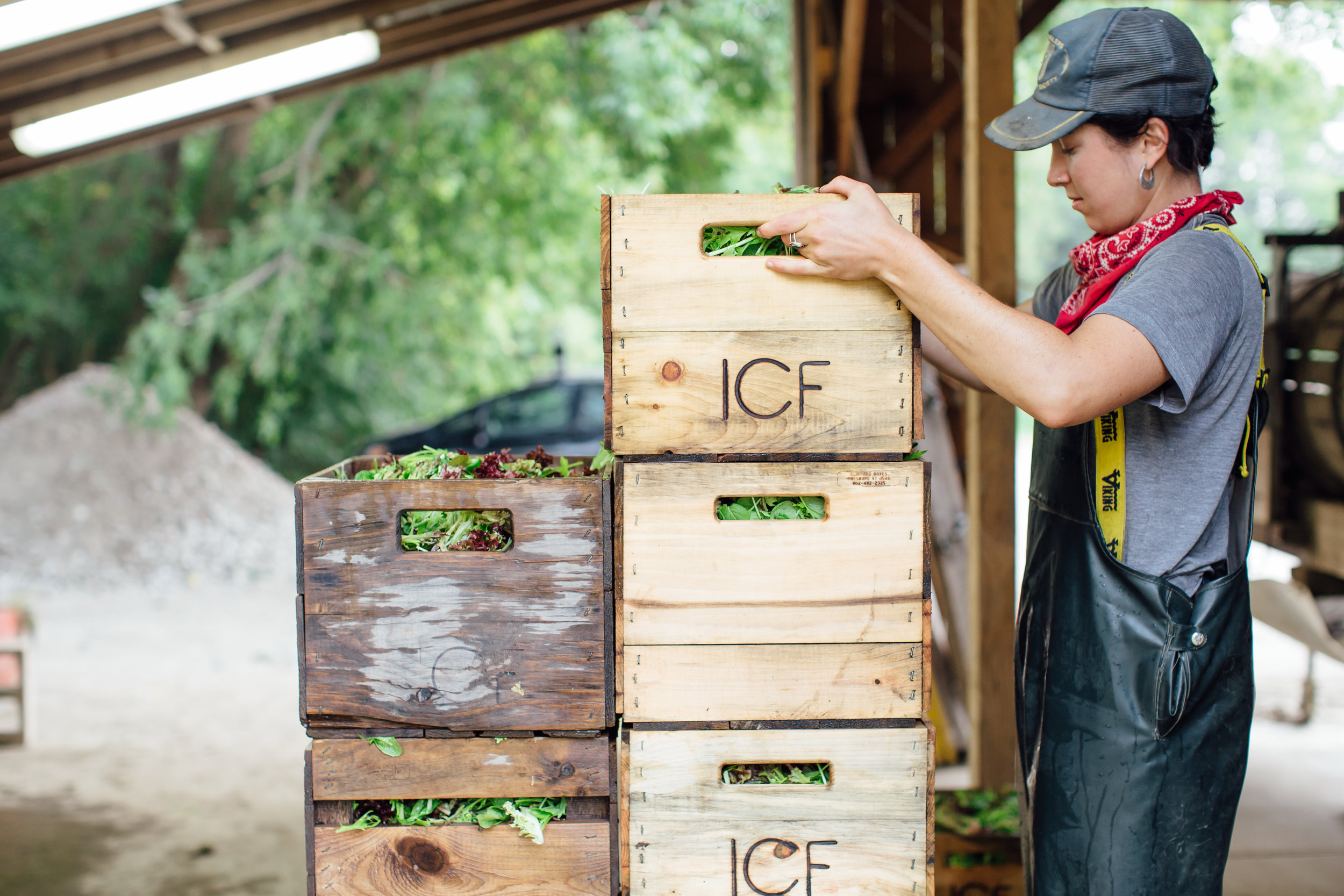Celebrating Intervale History: The 1990s and Intervale Community Farm
Last week we posted highlights of an interview from last January with one of our enthusiastic supporters. Here Bonnie has had a chance to update some of her thoughts. We hope you enjoy what follows!
* * * * * * * * * * * * * * * * * * * * * * * * * * * * * * * * * * * * * * * * * * * * * *
In celebration of the Intervale Center’s 30th anniversary, this is part of a blog series highlighting the unique historical significance of the Intervale. We sat down with Burlington’s famous Bonnie Acker – incredible artist, committed community member, longtime Intervale Community Farm board member, and a great friend of the Intervale Center – to learn more about what the Intervale was like in the 1990s.
What's your connection to the Intervale and how did you get involved?
In the spring of 1991, a friend told me about this farm where you could join and get part of the year's harvest. I was a bit reluctant because I’d always been a community gardener and I was very specific about what I planted making sure I had extra crops to give away. That was part of my life and I loved doing it! But this friend with two young kids was persistent. She suggested that I visit the farm. So that spring my daughter Dia, who was just over a year old, and I came down to the Intervale Community Farm. And we never left. We just fell in love with the whole endeavor – the farmers, the purpose, the wildness. There was room for a mom and a little kid for all those beginning years so we forged an agricultural tradition into our family.
Dia loved it! She and I were together for eight years at the ICF working eight, ten or twelve hours a day for twelve months of the year. It was a new farm and we helped the farmers with whatever was needed. Dia grew up learning from all of the six seasons of Vermont (winter mud spring summer fall and stick). But most importantly she learned to treasure the cooperative decision-making that happens on a farm. My husband, John, and I couldn’t think of a better place for a little to kid to grow up where her opinions were just as important as anybody else’s. Dia continued working at the ICF for many summers. She is now in her sixth season as an outdoor firefighter with the U.S. Forest Service out West. She grew up loving to be outside.
What was the Intervale like in the 1990s?
It was wilder. And there was a lot of trash! There were old, rusted car bodies and a lot of building supplies. That seemed to be constant, people dropping off big masses of asphalt shingles with rusty nails and creosoted wood and refrigerators and tires. We had so many cleanups! It was a sequence of folks at Gardener’s Supply saying, “We want to be here. Look at this incredible resource!” and then the early farms coming in including Diggers’ Mirth, Stray Cat, the Intervale Community Farm in 1990.
Early on our farm had one farmer, Tim, who lived in the farmhouse. He was really brave. With a beginning farm you had no passed-on knowledge of the fields, the soil types, the length of the season. You were just doing your best going through the seed catalog, picking something that you thought might grow, making do with one or two apprentices. You just did it. One of his assistants, Alyssa, became the farmer. Andy Jones was an apprentice. Alyssa left midseason to become a dancer and Andy took over, thank heavens! Andy has been the Intervale Community Farm’s incredible farm manager for the last twenty-five years.
Twenty-five years ago there were still bears and moose. There was an old-timer, Bill Seymore, who was Abenaki. He would walk down every day with these big binoculars. One day Dia and I saw fresh bear tracks and asked Bill about them. He told us they were from two cubs; he could tell the age and the sex by the foot-prints. They were right on the road across from where Adam’s Berry Farm used to be. There must have been a mom – she certainly wasn’t staying here for a long time – and she and the cubs were just passing through.
We would also see big moose tracks, usually on the left among the swampy willows. So there were big animals here. There were also many different kinds of animals that were notable to an organization called Keeping Track. Sue Morse of this then-new group encouraged teams of so-called citizen scientists to come to some trainings and then go out and document indicator-species. If signs of one or more of these key species were noticed, then the land should be saved. We had teams here in the Burlington Intervale and in the Colchester Intervale and our indicator-species were bear and moose, bobcat and fisher, mink and otter.
We would go out four times a year – not in the spring because you would disturb the young ones – and if you saw footprints, hair, scat, where they slept – that was key evidence. We took photos and kept data sheets for three or four years. That information eventually went to the Winooski Valley Park District and helped build this whole awareness around the value of intact wild areas. So there were more animals down here.
What do you see as the most important thing for the Intervale as a whole, going forward, into the next 25 years?
How the Intervale Community Farm is going to grow and be more and more helpful to this city right up the hill, that was an early dream and it still is a dream. Okay, in the beginning we were all going to be down here in paradise. But a ten-minute walk to a neighborhood with such terrible challenges for people of all ages – what were we going to do? Supported Shares for our members was our first idea, then more and more donated food. In 2016 and 2017 our farm donated 50,000 pounds of food each year. Just amazing!
So that’s, I think, the real challenge as we go forward. How do we grow more food than we need for our members and what do we do with it? Do we try to sell it and pay our farmers more? Farmers don’t make enough. Or we do we donate more and fulfill an ethical goal beyond the staff and membership of the farm. That’s the food security issue for every place in the world. Enough food for everyone. Anything more we all can do to increase access to good food would be absolutely fabulous.
One of my sadnesses is that the Food Co-op opened a South End store. Certainly there are some great new abilities to get great food to people. But an alternative model would have been to take the corner stores in the Old North End and come up with some sort of support-plan. This is where a parent with three little kids, in the snow, comes to get milk and bread. That’s all they can do. They don’t have a car. The kids are too little to walk anywhere else. So these corner stores have been like lights in the darkness for years.
So who in the future could supply fifty new items – a greater variety of vegetables and other affordable, nutritious and delicious items – to the corner stores? Order the stuff, deliver it, restock, do some popular recipes, taste-tests, whatever it takes. Whatever people would enjoy. Local foods, easy-to-prepare, appealing to all cultures.
I keep waiting for some organization, some nonprofit, to say we are going to look at this part of Burlington, the Old North End, as a food desert and create some kind of scenario to change that. Who can this do in five years? I haven’t heard of any kind of proposal and it breaks my heart. Because the little kids that I see in the summer who go to Dot’s market with a few dollars, they come back out with two loaves of squishy white bread, some peanut butter, and a lot of lollipops.
Why can’t we have the excitement of little kids going in and getting the ingredients for some of the great food they’re getting in school? We haven’t changed school food one-hundred percent – we still have a long way to go – but the kids are liking hummus roasted-roots and home-made soups. So why can’t they go to a corner store and get some canned garbanzo beans, some lemons and some Intervale carrots or any kind of carrots! Or easy things to make soup! Maybe the Intervale Center has some kind of capacity to say let’s try some different things in the neighborhood. I don’t think individual farms have the time or the capacity to figure this out. Farming is too hard. So that’s one of my dreams, supporting corner stores.
Looking at fifteen years of trying to improve school food, another dream is that more teachers and kids would be so excited about walking down to help out on a farm in the Intervale. So far this has proved almost impossible even though it’s always the best day of the school year!
This past October, two fourth-grade classes from the Integrated Arts Academy – right up the hill – came down to help at the ICF. The students cleaned out cucumbers and sweet peppers from two hoop-houses. It was sunny and warm and everyone was so happy. One of the teachers exclaimed, “Wow, the kids are eating all the vegetables! Let’s get vegetables for breakfast.” This idea flew up with such excitement. Within moments, the idea of beans-and-rice with vegetables took hold. Within a few days, the food-service people were all on board and a testing-week in January was set.
For one week, a hot meal in the classroom. Beans and rice for breakfast for one grade, about forty-five students. The two gals in the kitchen heated-up and seasoned canned black-beans, steamed brown rice and put both into warm serving-containers. Parents brought in cheese and cilantro, hot-sauce and salsa. In one class of twenty-three kids, nineteen tried it and all wanted it again. By the fourth day one of the teachers said, “The kids have had so much more energy and focus!” Aside from anything else, if you see that the kids can get through the morning, that’s the best sign.
That energy came from one class from one school, walking down and meeting some farmers. When teachers and students meet great farmers, they see joyous people. In a school day, you don’t see that many joyous people outside of the classroom. Wow, these farmers really like it here! What do you they do? They grow these things.
This past spring, more IAA classes were treated to beans-and-rice and assorted vegetables and toppings. I have heard only rave reviews. Maybe this wonderful experiment can spread throughout Burlington and beyond.
More lessons – more Intervale stories – from successful, organic agriculture can be brought right up the hill. Can Burlington be a more visionary and successful city for borrowing what works from organic farms and bringing that inspiration right into the neighborhood? I hope so!






